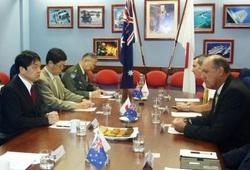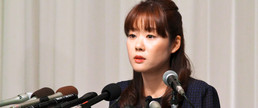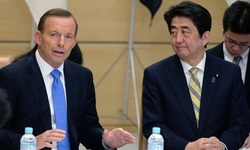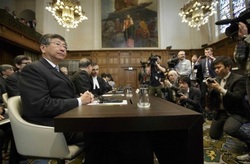 Source: Kyodo Press
Source: Kyodo Press One issue that Australia might be considering at present is the probability of Japanese cooperation in designing the propulsion and generator systems that will be used by the next generation of Australian submarines. With a white paper on defence due from the government by April next year (this could, of course, be delayed by questions concerning affordability and Australia’s strategic policy, which does require more in depth analysis than has been evident in previous white papers), the Coalition government in Australia must make a firm decision on what options will be adopted by Australia in order to ensure that it still retains a submarine capability for the next 30 years. Given Japan has relaxed its position in relation to the joint development of defence technology, the Coalition is probably looking for a solid commitment from Japan to contribute to the planning of Australia’s submarines.
This is unlikely to be a problem for Japan’s own Coalition government, with the LDP and New Komeito in agreement on the need for a revision of the three principles concerning the transfer of defence material (J), the scope of which would cover submarine propulsion systems. The involvement of Japan in defence technology development with Australia is also unlikely to raise many concerns within Japan itself, so long as Japan believes Australia to be a stable, responsible partner that is unlikely to upset regional stability in pursuit of unilateral objectives (prevention of weapons technology being used by a third party or rogue state is a fundamental part of the revision, which itself means that Japan will only work with advanced nations on defence technology development. This is already evident in Japan’s defence agreements with the UK and France in addition to its long-standing agreement with the US).




 RSS Feed
RSS Feed